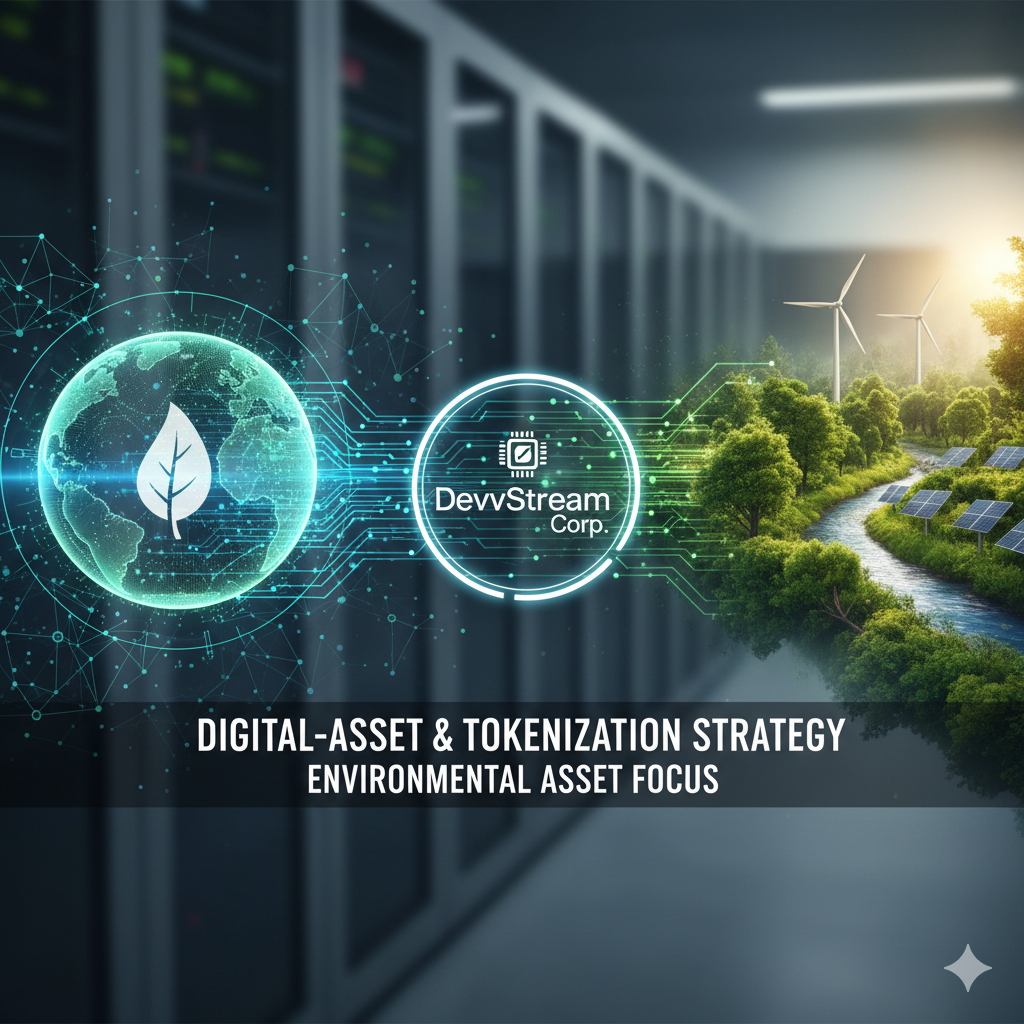As the world shifts towards cleaner, more sustainable energy sources, smart grid technology is emerging as a crucial solution to integrating renewable energy into national power grids. The adoption of smart grids is transforming how electricity is generated, distributed, and consumed, ensuring a more efficient and reliable energy system, especially as the share of renewables grows.
The Challenge of Renewable Energy Integration
Renewable energy sources, such as solar and wind, are inherently variable. Unlike fossil fuel-based energy, renewables depend on natural elements like sunshine and wind, which are not constant. This intermittency poses challenges for traditional grids, which are designed to handle stable and predictable energy inputs.
As countries aim to increase the share of renewables in their energy mix, managing this variability becomes essential. Without proper integration, power grids risk becoming overloaded, leading to inefficiencies, blackouts, or wasted energy. This is where smart grids come into play.
What is a Smart Grid?
A smart grid refers to an electrical grid that uses digital communication technology to detect and react to local changes in energy usage. It’s an upgrade from the traditional grid, making the energy distribution system more flexible, reliable, and sustainable. Smart grids can incorporate advanced sensors, automation, and real-time data to monitor and manage electricity flows more effectively.
The Role of Smart Grids in Renewable Energy Integration
Smart grid technology is key to resolving many of the challenges associated with renewable energy integration. Here are some ways in which smart grids help:
- Real-Time Monitoring and Automation: Smart grids allow operators to monitor energy generation and consumption in real-time. This enables rapid responses to changes in supply and demand, allowing for better handling of fluctuations in renewable energy output. For example, if the wind suddenly dies down, a smart grid can instantly shift energy sources to maintain balance.
- Demand Response: Smart grids offer the ability to implement demand response strategies, where energy consumption can be adjusted during peak times or when renewable energy supply is limited. This can involve automatically reducing the energy consumption of non-essential appliances during times of high demand or when renewable sources are not producing enough energy.
- Energy Storage Integration: Energy storage systems, such as batteries, are vital for storing excess energy generated by renewable sources for use when demand is high or when renewables aren’t generating. Smart grids are designed to efficiently integrate energy storage systems, ensuring that surplus renewable energy is not wasted but stored for later use.
- Distributed Energy Resources (DERs): Smart grids support the integration of Distributed Energy Resources, such as rooftop solar panels or small wind turbines, into the national grid. These smaller, decentralized energy sources can provide additional energy during peak times, reducing the burden on traditional power plants and helping stabilize the grid.
- Enhanced Grid Resilience: One of the primary benefits of smart grids is their ability to improve grid resilience. By using data to anticipate issues before they happen, smart grids can prevent or minimize outages, ensuring that renewable energy is consistently delivered to where it’s needed.
The Global Push for Smart Grids
Many countries are now investing heavily in smart grid technologies to accommodate their growing renewable energy sectors. For example, the U.S. government has launched initiatives to modernize its energy grid, and the European Union is investing in smart grid projects to meet its ambitious renewable energy targets. The goal is clear: to create an energy infrastructure that is not only efficient but also adaptable to future energy demands.
Future Prospects
As renewable energy becomes a more prominent part of the global energy landscape, smart grids will play an increasingly vital role in making this transition smooth and reliable. The synergy between smart grids and renewable energy technologies represents a fundamental shift in how we power our homes, industries, and cities. By enabling a more dynamic, responsive, and decentralized energy system, smart grids are paving the way for a future where clean, renewable energy can fully meet global energy needs.
Smart grid technology is not just an upgrade to the existing electrical grid; it’s a fundamental necessity for the successful integration of renewable energy. By improving energy distribution, increasing grid flexibility, and enhancing energy storage, smart grids make it possible for national power systems to incorporate more renewable energy sources while ensuring stability and efficiency. As nations worldwide continue to expand their renewable energy capacity, the implementation of smart grid technology will be key to managing the future of energy.




